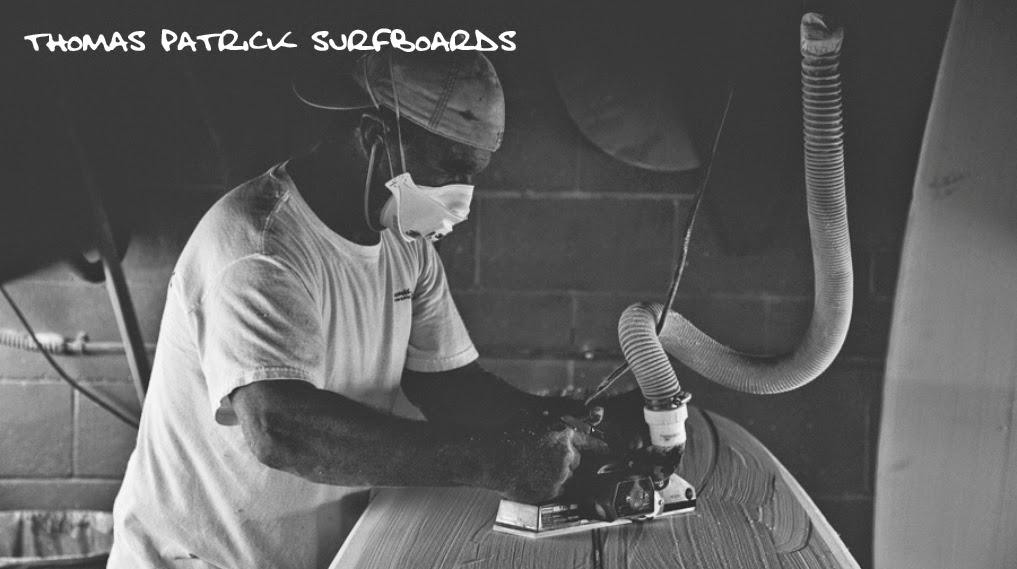I decided it was time to build a board strictly for appearance, which could be displayed in our home. My wife has used a "beachy" theme to decorate our small house in Ojai, CA, and she felt a surfboard would be a nice addition. My first impulse was to build a balsa board, with redwood stringers, but building a chambered balsa board is not only very labor-intensive, requiring access to tools typically found in a cabinet-makers shop, but very expensive (10' raw blank=$800!). And, given the wall-space that this board is to occupy, a sub-8' board would have to do. I settled on building a 7-6 egg, with multiple (5 to be exact) stringers. I think the egg is a classic shape, that probably looks better than it performs. And, with 5 stringers, this board will be a true mini-tanker, which should help to keep it on the wall and not in the water. So, I visited my friends at Fiberglass Hawaii in Ventura and ordered the blank. Here's what I started with:


The notes scribbled on the bottom indicate who ordered the blank, the stringer info (thickness, location and material), and finally, the rocker adjustment. The note "+(2)1/8CD 3-1/2 out" means two 1/8" cedar stringers, each offset by 3-1/2" from center. Other trivia you may or may not know: the blue on the nose means that this is a "blue" density foam and "80H" is the blanks name, while "MIL" are the initial of the person who poured the foam. The "natural rocker" of this blank is a little too flat for my taste, so I had USB add 1/4" of nose rocker in the last 24" of the nose.
Here's the blank after "skinning" and after being cut to length, which in this case is 7'6"
After planing-down to within 1/8" of the final thickness and foil, its time to template the blank. This is my favorite egg template and the one I use for the Nomad shapes.
Here, the outline has been cut and trued-up. At this point, I make the final rocker adjustments and add any bottom contours, such as concaves or V.
One last check of the rocker followed by any necessary tuning, and then I shape the rails.
With the rails shaped, its time to finish-sand the blank. Since foam is softer (less dense) than wood, there is a tendency for the stringer to protrude above the foam after sanding. So, after every sanding, each stringer has to be carefully planed down so that it is slightly lower than the foam. This process repeats until all scratches have been removed, and the stringers are flush with the foam. Because this blank will receive a resin tint, it has to be finished to almost a polished look. Any nicks or scratches, however small, will appear darker in color. Multi-stringered boards take almost as long to finish as to rough shape.
At last, here's the finished blank, ready for glassing. This board will be done in the classic coke-bottle green.






